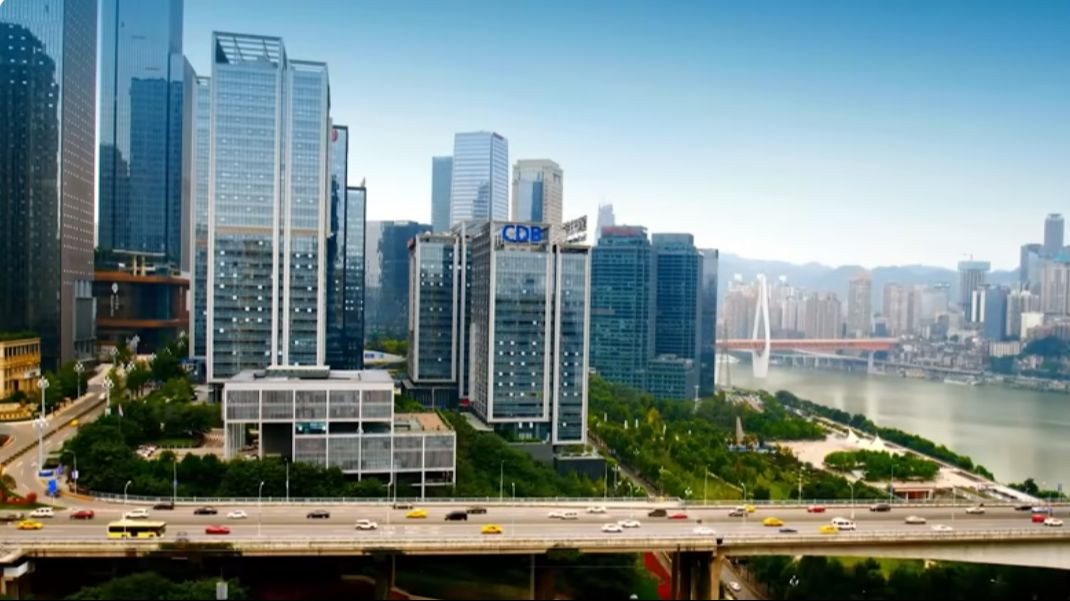Chongqing has a large area of up to 8243 km2, which is much larger than other countries in the world and is equal to a quarter of our country's area. The city also has a population of about 32 million people also in the cities with large population of China, but it should be understood that Chongqing is a unit under the Central Government, a city directly under the Central Government of China. The city of this city is located in the southwest of China on the banks of the Yangtze and Gia Lang River, which has an important strategic location connecting developed economic regions in the East and the development region more slowly. In the West of China. Previously, Trung Khanh belonged to Sichuan.
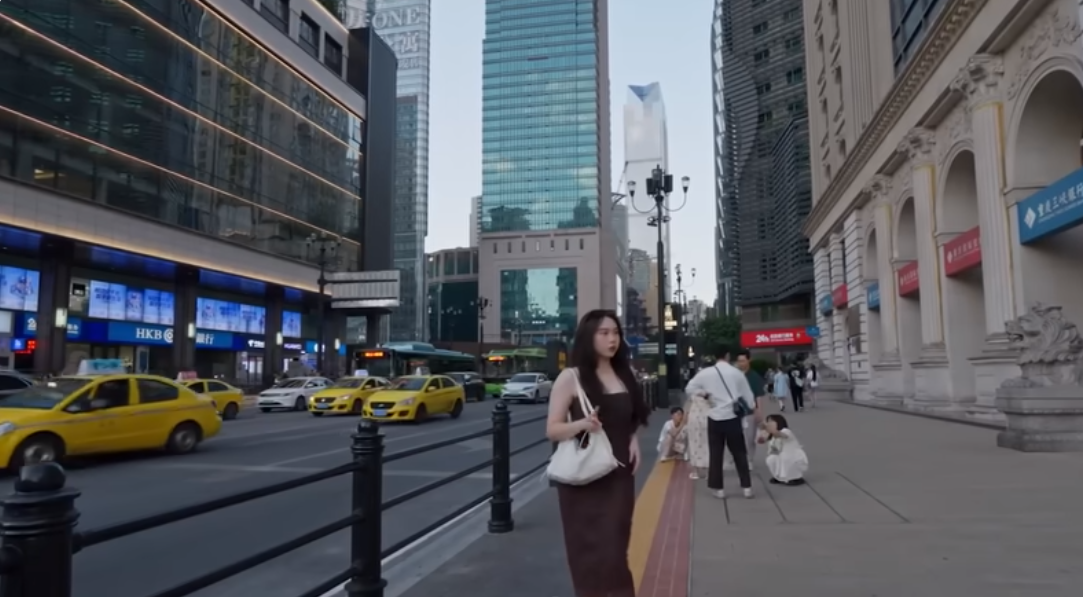
Why is it called Trung Khanh?
The name of Chongqing has a special and interesting meaning. The same means duplicating, and inauguration means the festival either celebrating, combining Chongqing can be understood as the joy of duplication or the joy of planting. This name originated from the Song Dynasty when Emperor Tong Quang Tong ascended the throne, before becoming the emperor he was promoted to this land. And when he ascended the throne he named this land Trung Khanh to celebrate the two important events in his life. One is to be ordained and the other is the emperor.
Chongqing plays a very important role in China
This is one of the four centrally -run cities of China along with Beijing, Shanghai, and Tianjin, an important economic and transport industry center. The city is also one of the fastest growing areas in China with a strong growth of GDP. The GDP of Tru Khanh estimates that US $ 400 billion, which is a little more almost as our Vietnam. Chongqing is a city that is a large Chinese automobile production center with an annual output of more than 3 million cars and when it comes to cars, it must mention the traffic of Trung Khanh. With modern transportation systems including international airports, subway systems and Chongqing high -speed train routes act as the main transport center connecting the West of China to other areas.
Interesting things
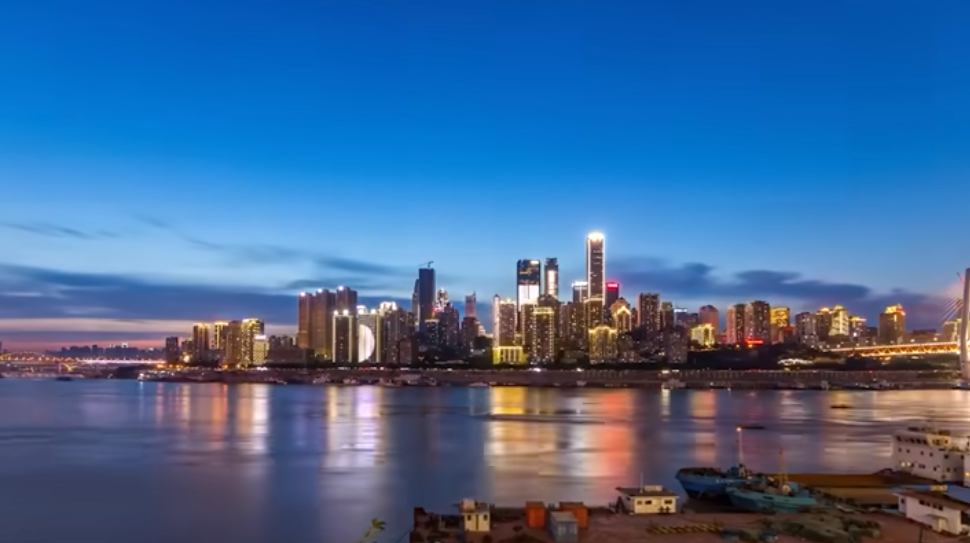
In this city, it is famous for its mountainous terrain and there are many bridges dubbed the city of bridges. The hilly terrain has created unique steep roads and landscapes of Chongqing. Chongqing has hot and humid summer, cold winter and this city is often called Chinese steamer due to high temperatures in the summer.
Specialties and Culture
Speaking of this city, this city is famous for its specialties such as spicy hotpot, part of the old Sichuan hotpot. This is one of the typical Chinese dishes. Chongqing hotpot has a spicy flavor often served with many types of vegetables and seafood. From Chongqing this will also be the gateway to the Three Hiep river on the Yangtze River one of the famous wonders of China. People can participate in river trips to admire the wonderful scenery.
Why is Chongqing traffic complicated?
Traffic is complicated because of complex terrain. Chongqing is located on the southwestern plateau of China formerly in Sichuan, saying so to easily imagine this hilly area. The city is surrounded by mountain ranges and there are many hills right in the inner city. The central area of the city has a huge height difference from about 160 m to more than 1400 m up to the suburbs. This is one of the main reasons why the construction of infrastructure becomes complicated and expensive. Statistics show that about 70% of Chongqing's area is hills and mountains with high mountains of deep valleys to create an uneven terrain.
Yangtze and Gia Lang River

The Yangtze River, the famous long river in the world, experienced Chongqing with a length of about 665 km within this city. This river also creates many deep valleys and is a great barrier to cross the river, so they have to bridge. Or Gia Lang River is about 119 km long, it also flows through Chongqing plays an important role in the city's hydrological system. The presence of these two large rivers creates many low -lying areas and canyons, making it difficult to build and develop the traffic system on the ground. The complex terrain of Trung Khanh plus more than 30 million people, so the requirement to build a multi -storey transport system, make use of space effectively and ensure smooth circulation is an urgent requirement with Chongqing, then Chongqing is the city not for the blind people.
City of bridges
This city has more than 20,000 bridges different than any city in the world. The bridge here is not only a bridge across the river but also viaducts connecting different components of this city together. The city also has nearly 7 km long tunnels as one of the longest urban tunnels in China to help reduce the traffic pressure on the ground and connect important urban areas.
Train city
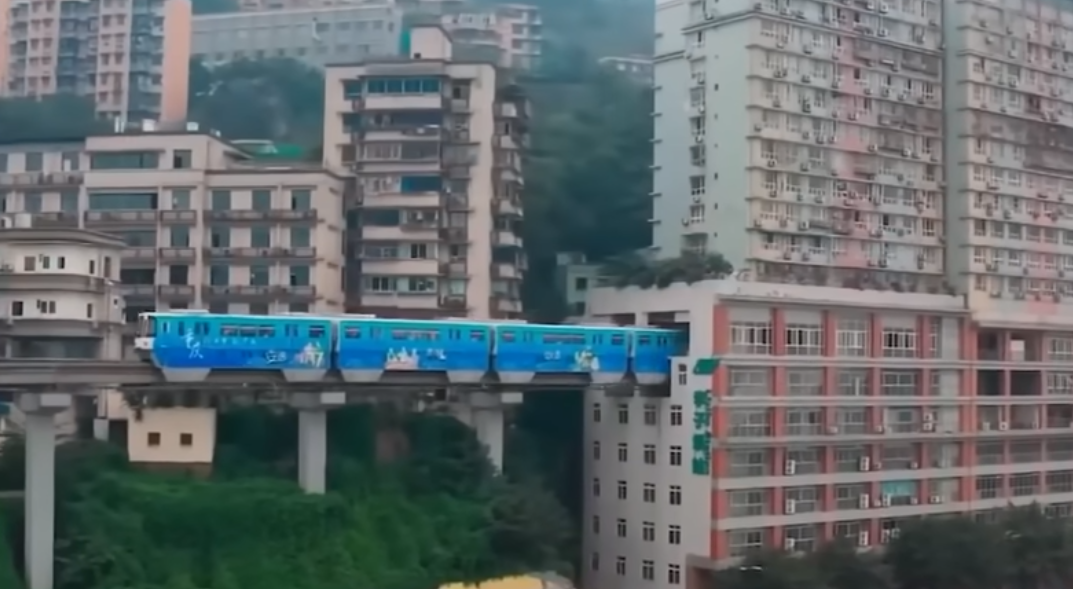
Chongqing is famous for the train system. Chongqing train system has a total of nine routes with a total length of more than 370 km and more than 200 stations. This is one of the fastest growing train systems in China and not only is the subway but many parts are floating. Trung Khanh's second line is China's first high -end train route 31.4 km, including 25 stations, running along the hillside and surpassing many overpasses and especially the train in Trung Khanh also runs through. The buildings.
Specifically, a train station in Trung Khanh passes through the apartment is a feature of this city. The city is surrounded by rivers and mountains, regardless of whether it is a day or night is always a very hot check -in for visitors. Chinese railroad engineers have had a wise solution when building a road running through a 19 -storey apartment building instead of going around this building so that this project will not be destroyed while residents of the building. Can be easy to catch the ship.
When passing through the train building only made a 60 dB noise, equivalent to a conversation in a restaurant. According to the division of residents living from the 9th floor to the 19th floor, and the train running from the 6th floor to the 8th floor is located on the 8th floor. The first floor to the 5th floor is where the stores will do business. So it seems that this apartment building will have to leave, thanks to that strange, the value of the apartments here has increased significantly, thanks to the convenience of traffic as well as convenient for travel.
Buses and electric cars
As for the public transportation system, Chongqing has more than 8,000 vehicles operating on 500 roads serving tens of millions of passengers per day. The system is designed for easy travel through hill and mountain roads. If the numbers of the above information are not enough for you to feel the impression of complicated traffic at Chongqing, come to a specific example. A intersection in Chongqing of the intersection consists of many floors of many exit and not for those who are poor memory.
Hoang Giac Loan intersection
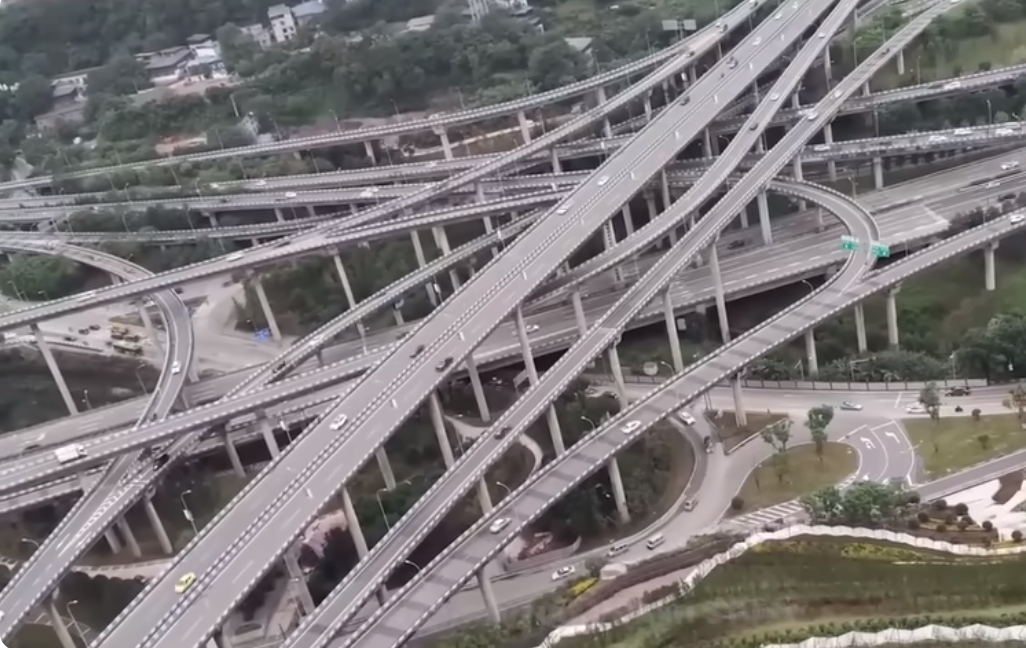
Hoang Giac Loan intersection in Chongqing is not only a technical wonder but also a modern transport art. Imagine, you are driving on a huge architectural work like a maze. But instead of walking you are having to move at high speed, Hoang Giac Loan intersection has up to five floors overlapping like a giant birthday cake with many layers. The highest floor is 37 m above the ground, and the lowest floor is only high enough for you to feel like you are driving through a park. This intersection is like a supermarket with more than 20 branches and each branch has a different path leading to destinations inside and outside the city as your wish.
Dubbed the traffic heart of Chongqing, Hoang Giac Loan connects every corner of the city here not only a place for wrong movement but also a bridge between the strong development areas of Chongqing and neighboring provinces. People can drive from this intersection to famous tourist destinations to busy industrial parks or even other major Chinese cities. Have you ever seen science fiction films with super smart traffic systems. That is what you will see at Hoang Giac Loan, the traffic management system here is equipped with AI to monitor and adjust the flow of vehicles to ensure no moment is wasted in moving.
Surveillance cameras operate 24/7 to help you always feel safe and comfortable to drive. Every day thousands of vehicles from buses to trucks hurriedly moved through Hoang Giac Loan intersection. This intersection of 16 km is the total length of the links in this intersection. 200,000 m2 is the total road surface area. Thus, the area of Hoang Giac Loan intersection is equivalent to more than 27 standard football fields. This shows the large and impressive scale of this intersection.
Looking at this intersection, many people will probably come up with a question now and what to go wrong. In case the driver lane the driver can choose another skin within 10 minutes based on the signs that are easy to see.
